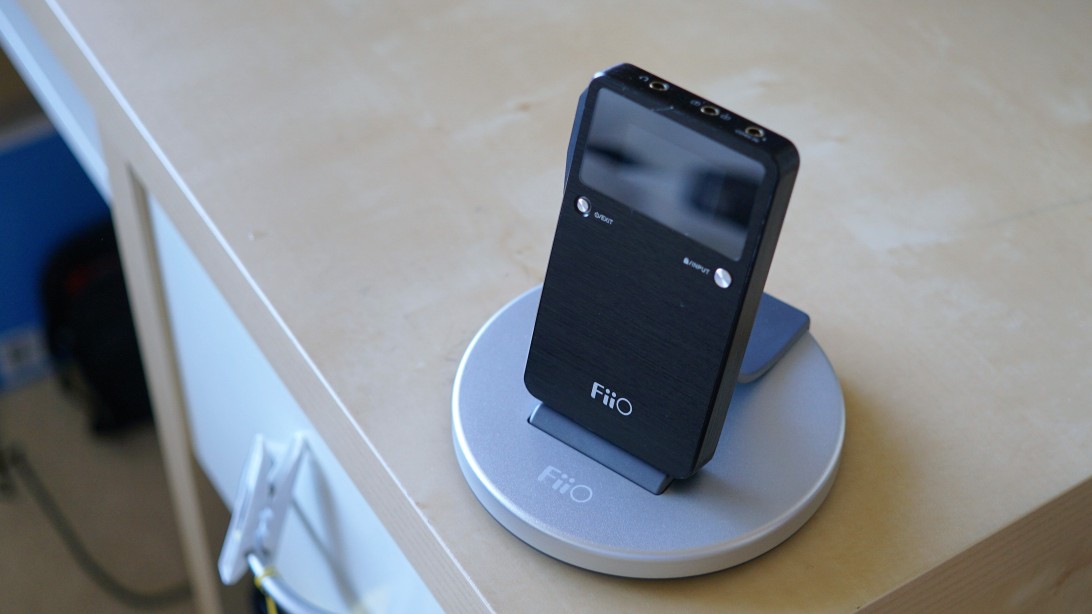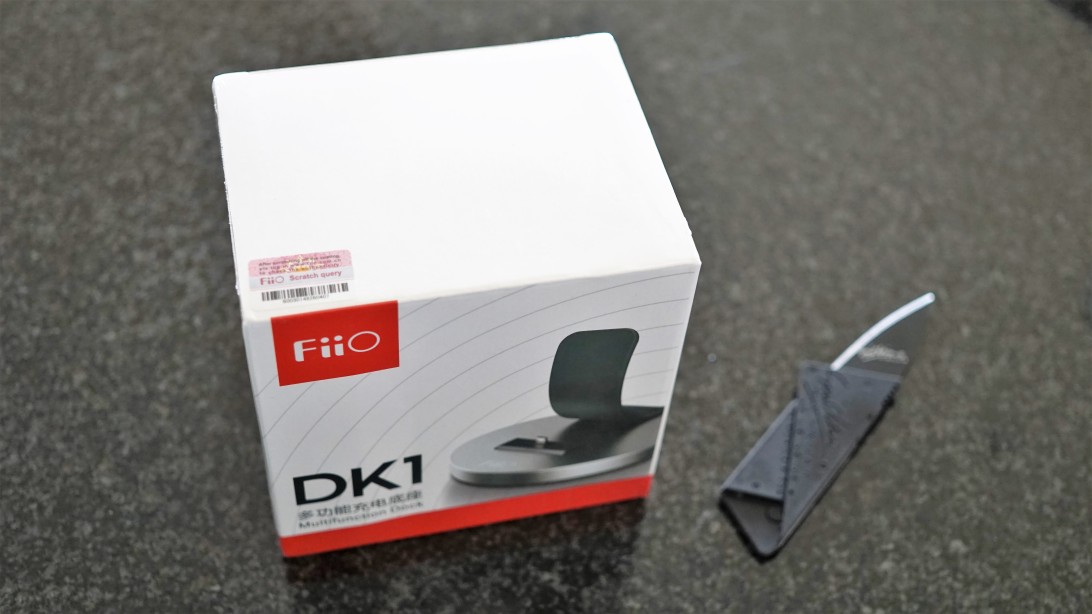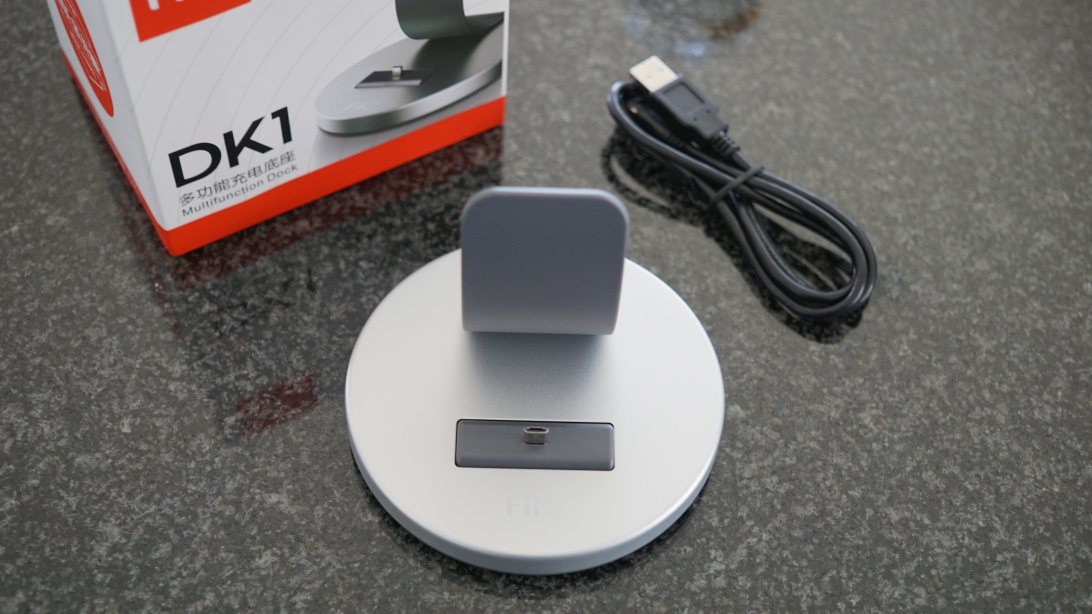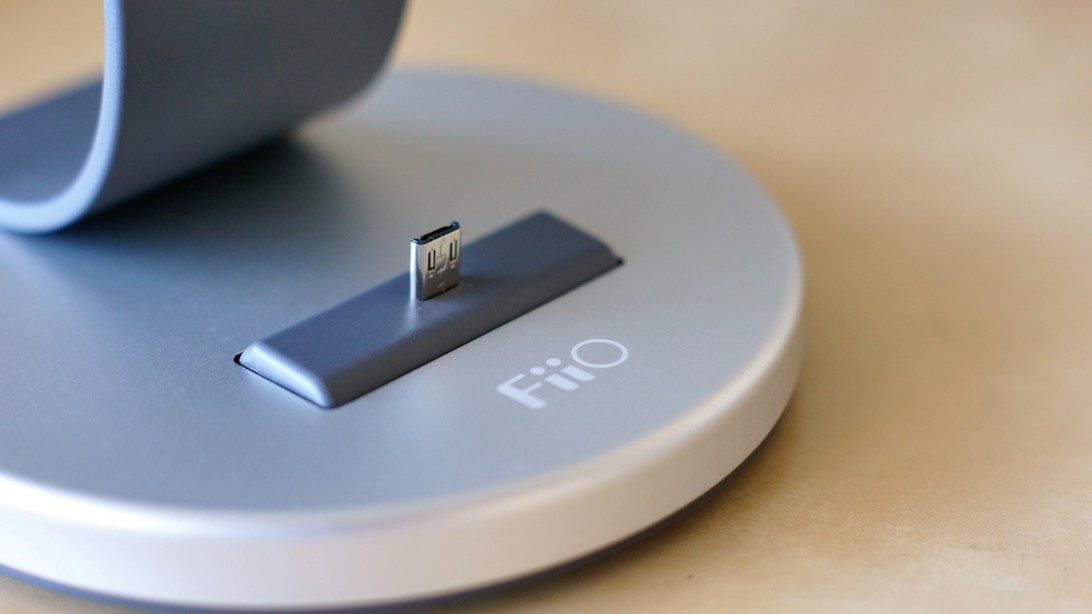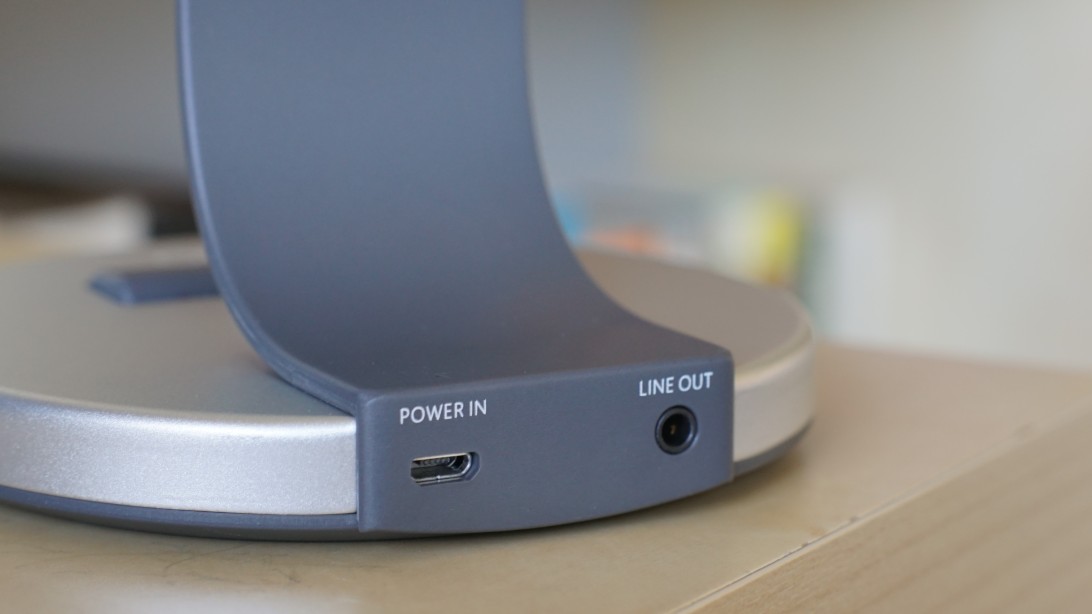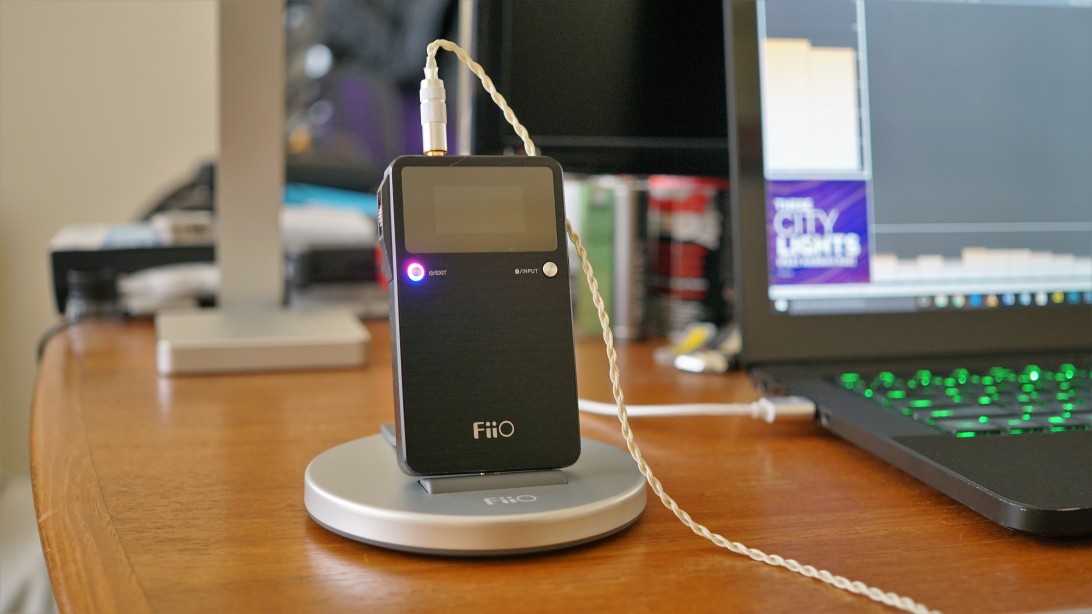I have received FiiO DK1 directly from FiiO company in exchange for my honest opinion (as you will surely find out soon).
This will be short, since you don't really need to know my personal preferences for sound taste for this particular product.
However, what I'd like to explain is why I was interested in getting my hands on DK1 in the first place.
I am already owner of FiiO K5 and I have been using it in combination with my FiiO X7 plugged into my Macbook.
The good thing about FiiO K5 - the charging of the X7 was much more faster/powerful since K5 is not powered by your laptop, it's plugged
directly into the circuit.
The bad thing - at least for me - is that I liked the sound of X7 alone better then when plugged into K5 - I simply prefer the sound signature of the AM1 and AM2 amplifiers instead of the K5.
So I was wondering - I'd still like my FiiO X7 to be nicely plugged into some docking station while listening to music from may laptop.
I'd still like my X7 being charged, but I still want to use the amp section of the X7 - and not the amp of K5.
So when FiiO announcend release of the DK1 - they got me all hooked up.
This review will cover how this worked out for me..
So what is FiiO DK1? Essentially is a docking station for variety of FiiO products - namely E17k, X1, X3II, X5II, and X7. And this is how it looks.

You can find official details here:
http://fiio.net/en/products/26
The retail price today, on amazon.com, is 19.99$.
I have only used DK1 with my FiiO X7 so can't comment on how it works with other FiiO DAPs.
What FiiO promises DK1 delivers? It's quite simple:
- Line out
- Charging abilities
- Stand ability
Now let's get these three points break down - in context with my X7.
Line out
First of all - FiiO X7 has line out on the top end. Which means, if you dock X7 into DK1 you actually don't essentially need the line out of DK1. You could still use the lineout of X7 directly, and it would worked out the very same for you. However, using DK1 line out is probably more convenient for the cable itself. 5/10
Charging abilities
DK1 is connected to your laptop/PC via USB - your USB ports (and mine certainly) doesn't generate enough current (1.1-1.3A usually). Which means, that your X7 is inevitably discharging even if docked. It's quite simple - the energy consumed by X7 playing music is higher than the energy coming in through the USB port. Of course, it will last longer than usually, but if you'd just let it play indefinitely - X7 would sooner or later got out of battery power. 5/10
 DK1 delivers what it promises - usb port and lineout. But is it enough without headphones port? |
Stand ability
This one really makes my X7 shines. I am not all about aesthetics and design, but my X7 looks gorgeous when docked in DK1. Definitely much more representative when it's just laying around the table. 10/10
 my home setup |  X7 sure looks nice when docked into DK1 |
If you read the BACKGROUND section, you know what my initial intention was going to be - I wanted to use X7 docked into DK1, connected to my laptop USB, and then feed the X7 with my headphones. I guess you already know what is the issue here - if X7 is docked to DK1 the headphone port is simply not accessible - because it's in the same area where the X7 is being docked, in the bottom.
So for my particular use case - listening to music via headphones from my laptopt - X7 docked into DK1 is simply unusable.
I have checked the picture of X5 II - and this DAP has headphone output on the top - so for the same use case, X5II and DK1 would make a great fit! Unfortunately - not with X7.
I know it's hard to design a docking station that it would fit all the FiiO's DAPs in a same fashion, but I am really sad I can't use it for my intended use case.
There isn't much more I am able to say about this. If I want to feed my X7(docked in DK1 which is connected to my laptop) to my hi-system via
line out - I don't really need DK1 for it, because:
Whether I connect my laptop to my hi-fi system directly, or via X7 docked in DK1 I can't tell a sound difference. My Hi-Fi system is simply not that sophisticated, that X7's great DAC could show it's full potential.
So for me - for my purpose - the DK1 in combination with X7 offers only the esthetics functions.
For charging I can simply use the USB cable with my laptop, or if I want to speed things up, I can still use K5 or standard USB charger with 2A current throughput.
For line out - again, I can simply used laptop jack directly, or simply connect X7 to my laptop with simple usb cable, and use X7's lineout (instead of DK1).
I was very hesitant whether DK1 will get positive or negative score.
In the end, I have decided to give a positive one, mainly because FiiO didn't make any false advertising on DK1:
- You know it offers lineout (which X7 itself offers too though).
- You know it offers charging abilities, but you know that it's done via USB connection to your laptop, so it's obvious, your laptop's usb ports doesn't provide enough current. FiiO didn't try to mystify this in any way
- Also, if you own X7 you simply know that headphones out is in the bottom, which will make it inaccessible if it's docked in the DK1.
So currently - I am still looking for a docking station for my X7 which would allow me to listen music from my laptop and plug the headphones in X7. DK1 doesn't do the trick because of inaccessible headphone port, and K5 fails too, since the AM1 and AM2 delivers better sound signature to my ears, then the K5 itself.
Before you make a purchase of DK1 - you really need to know why you need it, and whether it will come handy for your specific use case. For mine, it's just doesn't cut it.
If DK1 would have headphone out, on top of already existing line out, it would be much more universal for everybody - unfortunately this is not the case.
It seems like DK1 is a friendly companion for every device - except X7, which is too bad.




